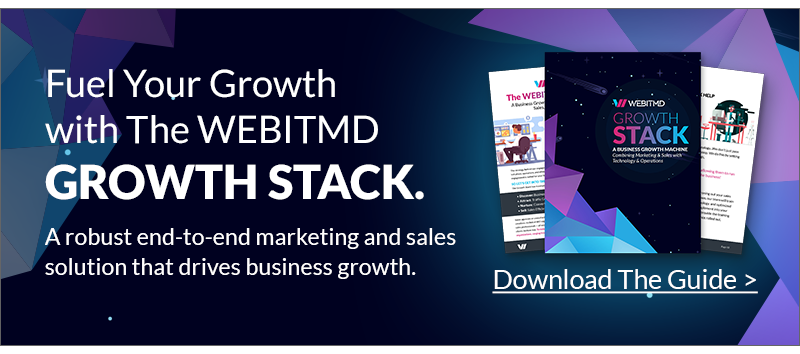Before devoting any(more)dollars to a digital ad campaign or other online marketing initiatives, make sure you’re tracking and evaluating the right data. Here are five KPIs to include in your inbound marketing reports that show the impact of your marketing efforts.
1. Monthly Visitors
Track how many visitors you have each month, paying attention to any month-over-month deviations, as well as your monthly and annual visitor growth rate. Also, pay close attention to the number of unique visitors — a figure which should also grow over time if you hope to scale up your customer base.
2. Monthly Qualified Leads
Increased traffic won’t do you any good if it isn’t converting into qualified leads. Be sure to keep track of how many new leads you are getting each month so you have an idea if things are going good or bad.
3. Lead Conversion Rate
Knowing if leads are up or down is important, but it doesn’t tell the whole story. You’ll want to look a bit further for actionable insights. What’s your landing page conversion rate? What is your conversion rate from each channel? What is your opportunity win rate?
You should also pay close attention to your pay-per-click number. Ask yourself if your clicks are translating to qualified leads in each channel. If not, are you spending on the wrong channel, using the wrong keywords, or failing to adjust to changing consumer demands?
4. Keyword Ranking
When assessing your SEO efforts, keyword ranking is…well, key. After all, you’ll have built an integrated inbound strategy around those specific keywords and phrases you’ve chosen. They’re what your content strategy should be based on. And they’re what your paid search ad campaigns revolve around. Include your rankings each month, along with any variations. Take it a step further and include how your closest competitors rank using your keywords and phrases, which can help you assess their content strategy (and respond accordingly).
5. Post Engagement
Each platform has a slightly different method of determining this KPI. But typically, the engagement rate includes all interactions with your content, whether people share it, comment on it, click on it, or like it. An increasing engagement rate means that more and more people are interacting and connecting with your brand.
It’s also not a bad idea to include a sampling of the most viewed comments on your content, which can provide you with insights beyond the numbers. For example, you may see a spike in your engagement rate number one month because a post was received poorly and went viral. If you simply include the numerical rate, you’re not seeing or sharing the whole story.
Consult A Top Inbound Marketing Agency
Your inbound marketing reports can be a tremendous asset to your team if you include the right KPIs. But unfortunately, too many people chase data not directly aligned with their marketing promotional objectives. Or, because they’re looking at everything, they miss the essential things. Make sure you include — and drill down on — the right KPIs in your upcoming inbound marketing reports. The success of your marketing efforts depends on it.
To better understand these KPIs and other data critical to evaluate your business’ marketing performance, download our free growth stack guide today!









(1).jpg)

.jpg)



![5 Reports to Elevate Your HubSpot Sales Dashboard [+ Examples]](https://2363531.fs1.hubspotusercontent-na1.net/hub/2363531/hubfs/Imported_Blog_Media/6-winning-examples-of-a-hubspot-sales-dashboard-2.png?width=767&name=6-winning-examples-of-a-hubspot-sales-dashboard-2.png)

